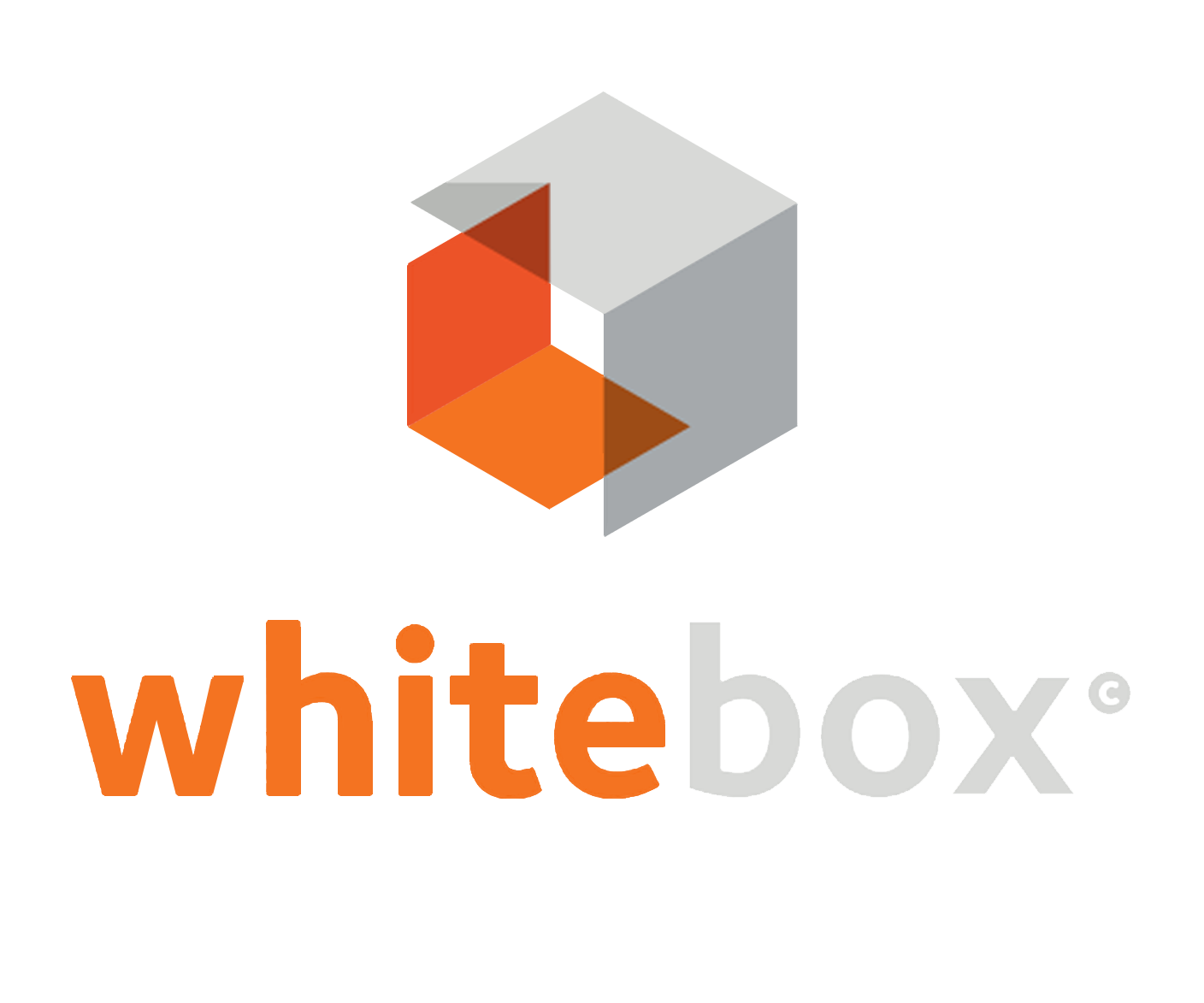What costs are involved with hiring an employee?
Next in our step-by-step series asking Is it time to think about hiring?, we’re going to take a look at the cost of hiring an employee.
Paying wages is the most obvious cost when it comes to hiring a new employee, but it’s not the only one you’ll need to take into consideration. Aside from the employee’s salary, from which you must deduct any PAYE taxes and employee National Insurance Contributions (NICs), you’re also responsible for:
Making employer’s NICs: 13.8% on any salary above the National Insurance Secondary threshold. You may be able to reduce this using the government’s Employment Allowance. The Employment Allowance is an annual amount that is currently available to all businesses and charities (with some exclusions) to offset against their Class 1 secondary NICs bill. It remains at £3,000 for 2019/20.
Paying auto-enrollment pension contributions: The minimum total contribution is 8% in the 2019/20 tax year, with a minimum of 3% coming from the employer and the balance from the employees.
Payroll: Any costs of running an RTI compliant PAYE payroll system, meaning you'll need to submit information to HMRC in real time, every time you pay employees.
Employers' liability insurance: A legal requirement for most businesses to help protect you against claims from employees for an accident, illness or injury they've had as a result of their work. The minimum cover level required by the law is £5 million. In case you’re wondering, the fine is up to £2,500 for each day that the employer doesn't have insurance.
Equipment: Required by the employee to do their job e.g. van, signage, van racking, tools.
Employee entitlements: Although you’ll be paying your employees every week (or every month) they won’t actually be working every day as they’ll be entitled to:
Holiday pay (including bank holidays)
Sick pay
Maternity/ Paternity pay
You’ll also need to make sure that you’ve put in place an employment contract as well as HR and Health & Safety policies and procedures.
Other: Any other costs associated with the job e.g. petrol, accounts for software such as GSuite.
Recruitment costs: There’s a time and money cost to recruitment including online adverts, and the time spent screening, interviewing and evaluating candidates.
Onboarding: However good they are, a new employee will need onboarding time and training to get them up to speed with how you like things done.
We hope this article has given you a good understanding of what’s involved when it comes to the cost of taking on an employee. In our next article, we’ll look at whether your business is financially ready to make your next hire.
Meanwhile you may also find these articles helpful:
Other articles we’ve written that will help you grow your trades business include:

